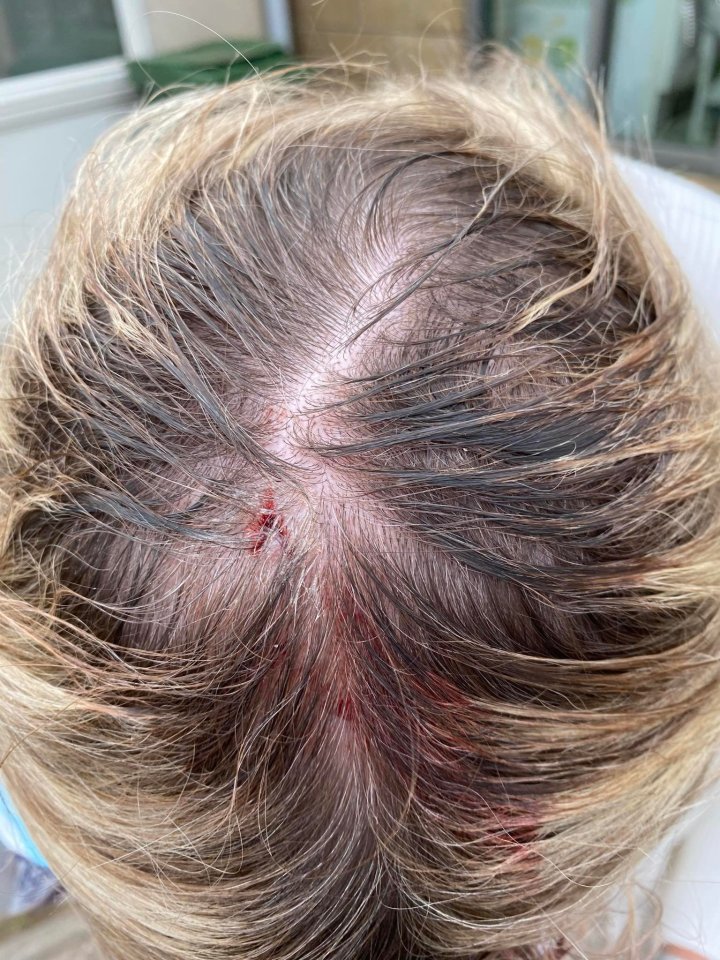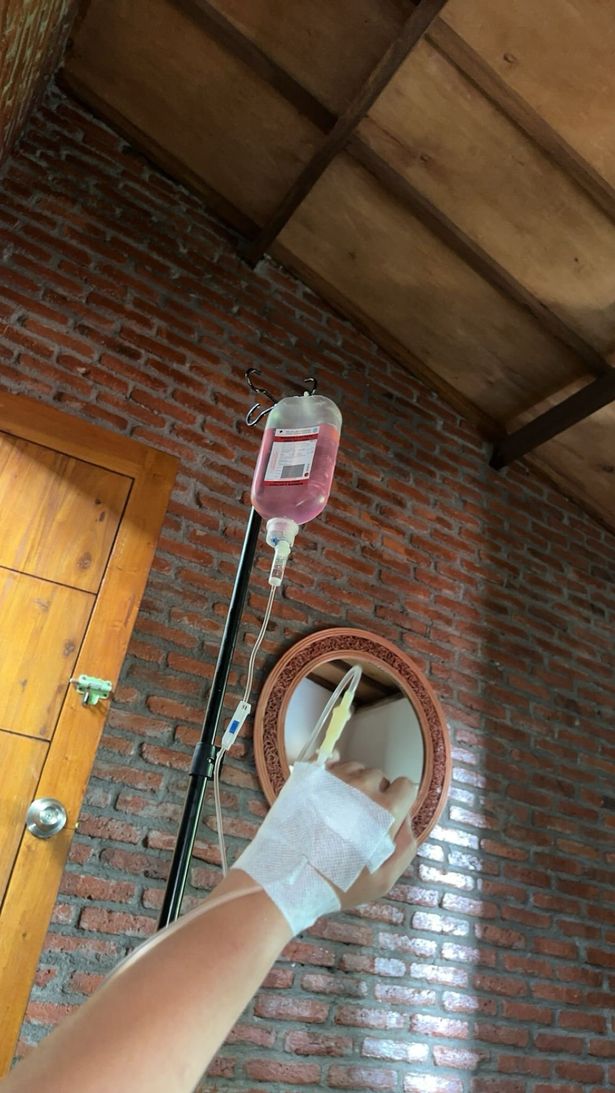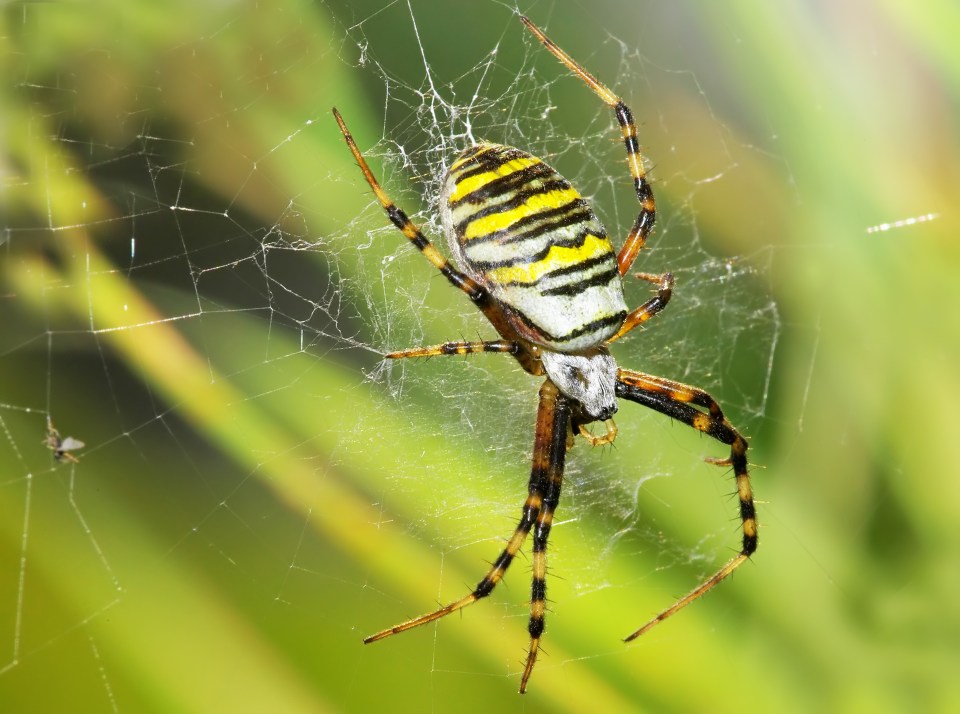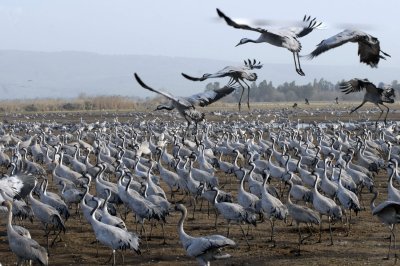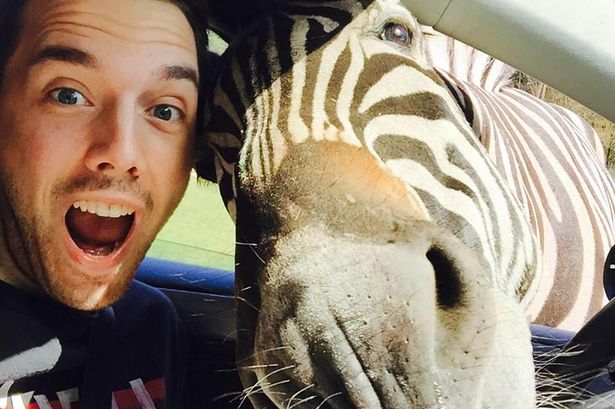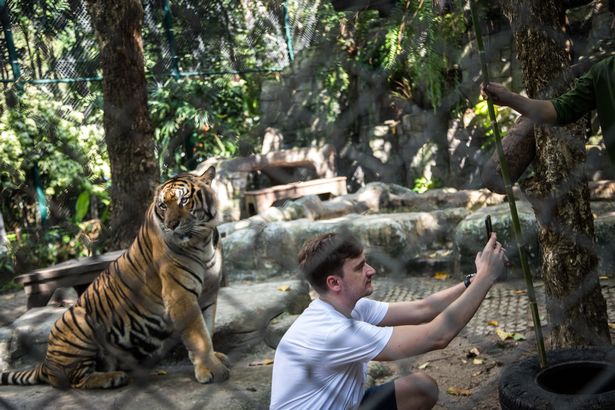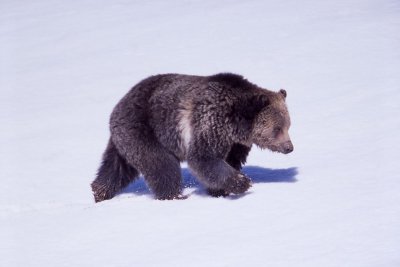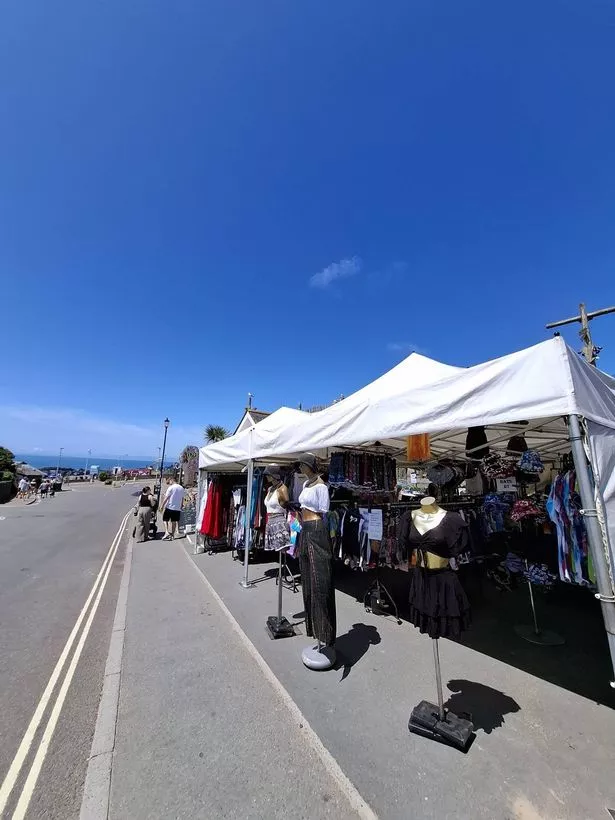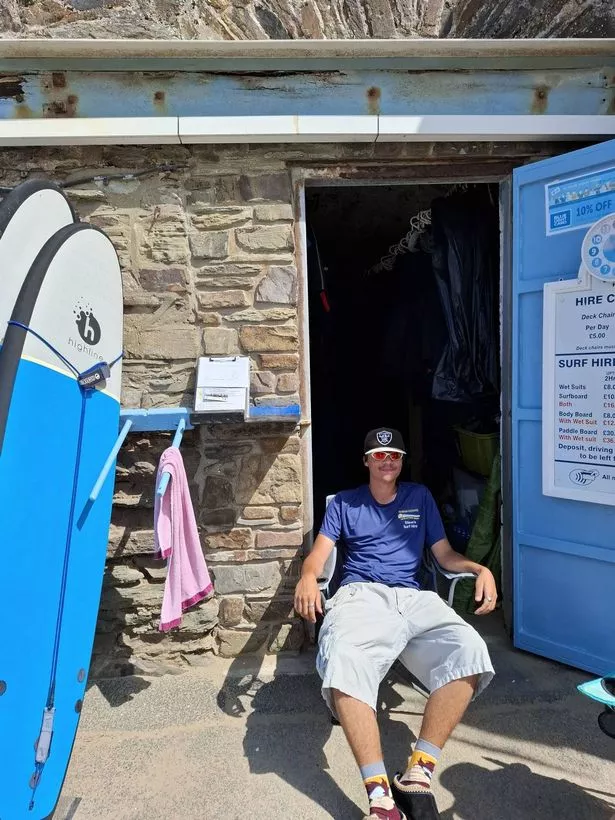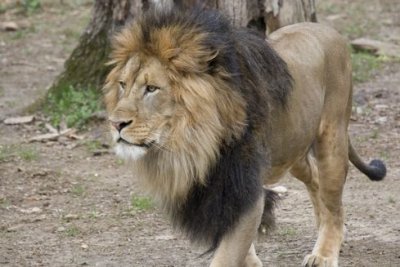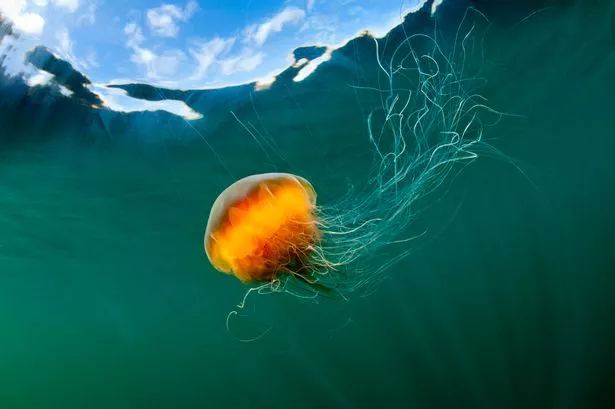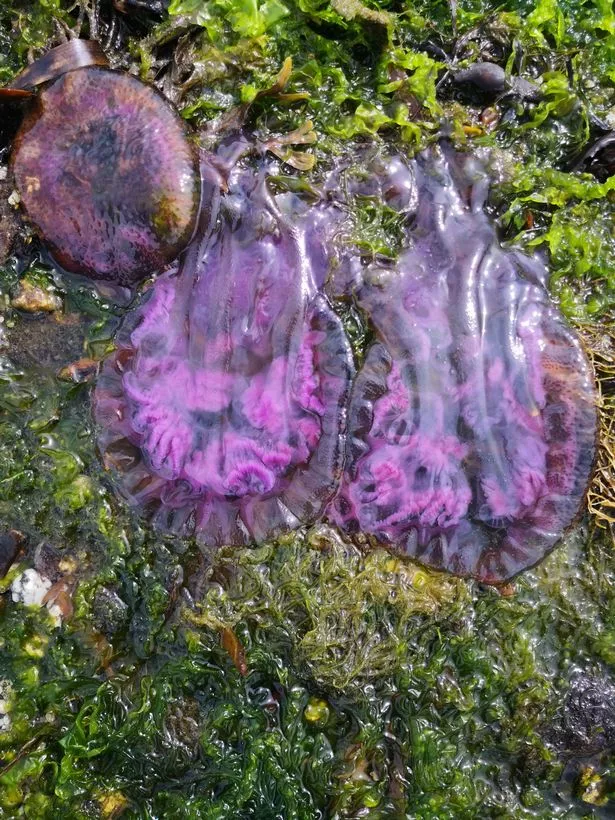Alysha, 27, thought she had a hangover – but i turned out to be a deadly infection from food or animals
A backpacker has told how her post-party hangover turned out to be a deadly infection which kills over 100,000 people every year. Alysha Pyrgotis, 27, was left vomiting and with ‘extreme diarrhoea’ after catching typhoid on the remote Indonesian party island of Gili Trawangan in June this year.
She said: “I was bed bound, in a lot of pain with my muscles and my bones. I was a bit delirious. I couldn’t concentrate at all, that’s when I started to panic. The guy I was travelling with at the time started to realise I was quite poorly, I wasn’t hungover.
“He spoke to the person at the hostel and we had a look online, there weren’t any hospitals or anything. I was on a very small island, there wasn’t really healthcare, it was just really unlucky that I was there at the time.”
A local doctor came out to visit Alysha and tested her blood to find she had typhoid – a bacterial infection which can kill one in five of those infected if they do not get treatment. The backpacker, from Bradford, believes she could have caught the infection from something she ate.
She said: “I thought I was going to die, to be honest. It was that bad, I was literally like ‘this is it’. I was so annoyed as I was so close to the end of my trip. I’d been ill before, but not that ill before. I was really worried about telling my family – I didn’t tell them, actually, because they were having a lot of stress at work at the time. I didn’t tell them until after I’d been poorly.
“I just thought it was not going to end well for me. I was panicking as I knew I had to leave the country soon, I was really, really scared.”
Alysha added: “It was just like my body didn’t want anything inside it, it was trying to get rid of everything. I didn’t eat anything for the whole time I was really ill – probably five or six days. Even water, I would sip water and it would come straight back up. It was a very, very extreme sickness.”
After six days on a drip in a small, cramped medical shack, Alysha received a negative typhoid test and had to get out of the country. She said: “I had to get out of Indonesia because my visa would run out. I’d spent almost my whole time in Indonesia being sick.
“I had to get out, I had a flight to Thailand. They took me off the drip and the next day I had to fly to Bangkok. I still was very sick, the flight was horrific. Even the next few days in Bangkok were very difficult, I couldn’t do anything. The lasting effects of it were still a couple of weeks of not feeling quite right.”
The former social media marketing executive was in the middle of a seven-and-a-half-month trip abroad when she came down with the fever. Following a breakup, Alysha made the spontaneous decision to fly out to south Thailand in December 2024.
She then visited Cambodia, Vietnam, Laos, and the Philippines before going to Indonesia. Now, she’s urging anyone who visits these countries to ensure they wash their hands – especially around animals – and watch what they eat.
Alysha said: “I’m not going to say ‘nobody pet the stray animals’, because that’s one of my favourite parts of travelling. I think washing your hands is really important afterwards, because that’s something I really didn’t do.
“I was in the middle of nowhere petting stray animals and then going about my day for hours and hours without access to any water to wash my hands in, I didn’t bring any sanitiser either. I think general handwashing, being careful with what you eat out there.
“A lot of street food you eat isn’t kept in clean conditions, it’s in a hot country on the street. Chicken is sat out for hours and the cleaning utensils are probably not cleaned to the standard you would in the west. I just wasn’t careful where I ordered my food from.
“I was just eating everything that looked good and smelled good at the time – and that’s probably not the wisest thing to do.”
According to the NHS, typhoid fever is spread through unclean food or water. Symptoms include high temperature, headache, coughing, chills, aches, pains, feeling tired, constipation, and a lack of hunger. Those travelling in areas where there’s a risk of catching it are advised by the health agency to get a vaccination against the illness.
Treatment for people who catch it is through antibiotics. Some people who recover from the disease can become carriers who can still spread it for months or even years after.
The NHS says regularly washing your hands with soap and warm water, or using sanitiser gel if they’re unavailable, as well as using bottled or boiled water and eating thoroughly cooked foods can help to prevent catching or spreading the infection. The health agency says to avoid having ice in drinks, or eating raw or lightly cooked meat or seafood and unwashed salad.
Dairy products made from unpasteurised milk and food that has been left uncovered can also pose a risk. Typhoid vaccines are recommended for anyone age over one year old when travelling to an area where there is a high risk of catching typhoid.
Travellers should try to see a GP six to eight weeks before travelling. The vaccine lasts for three years and comes as an injection or tablets.
